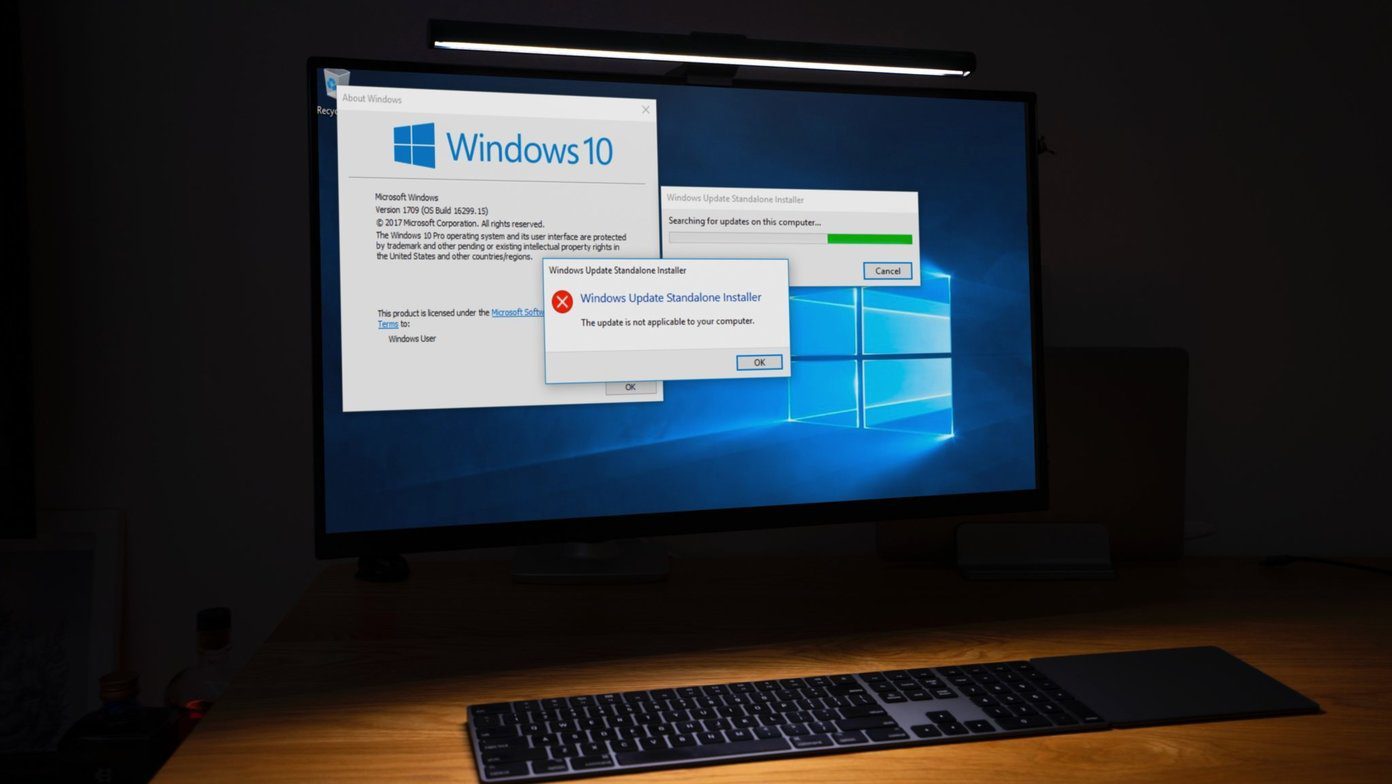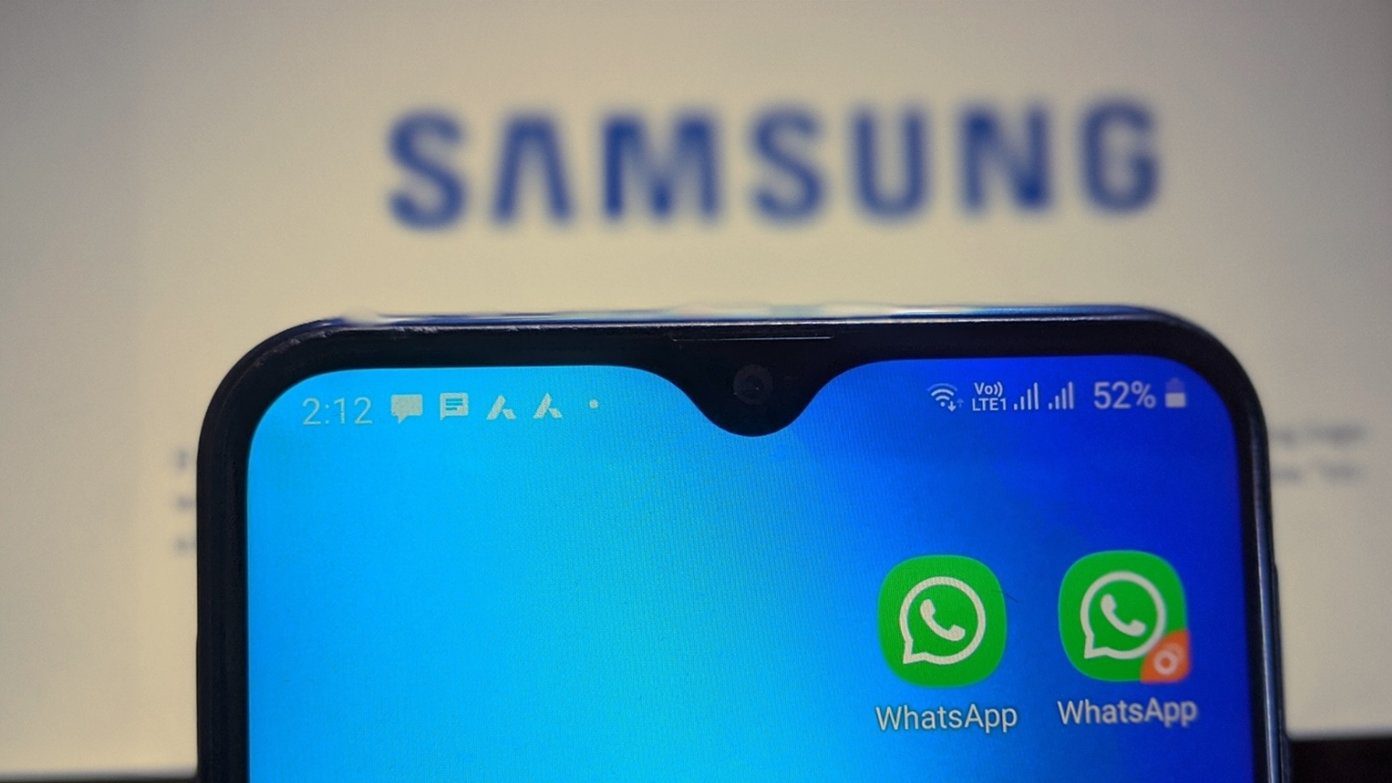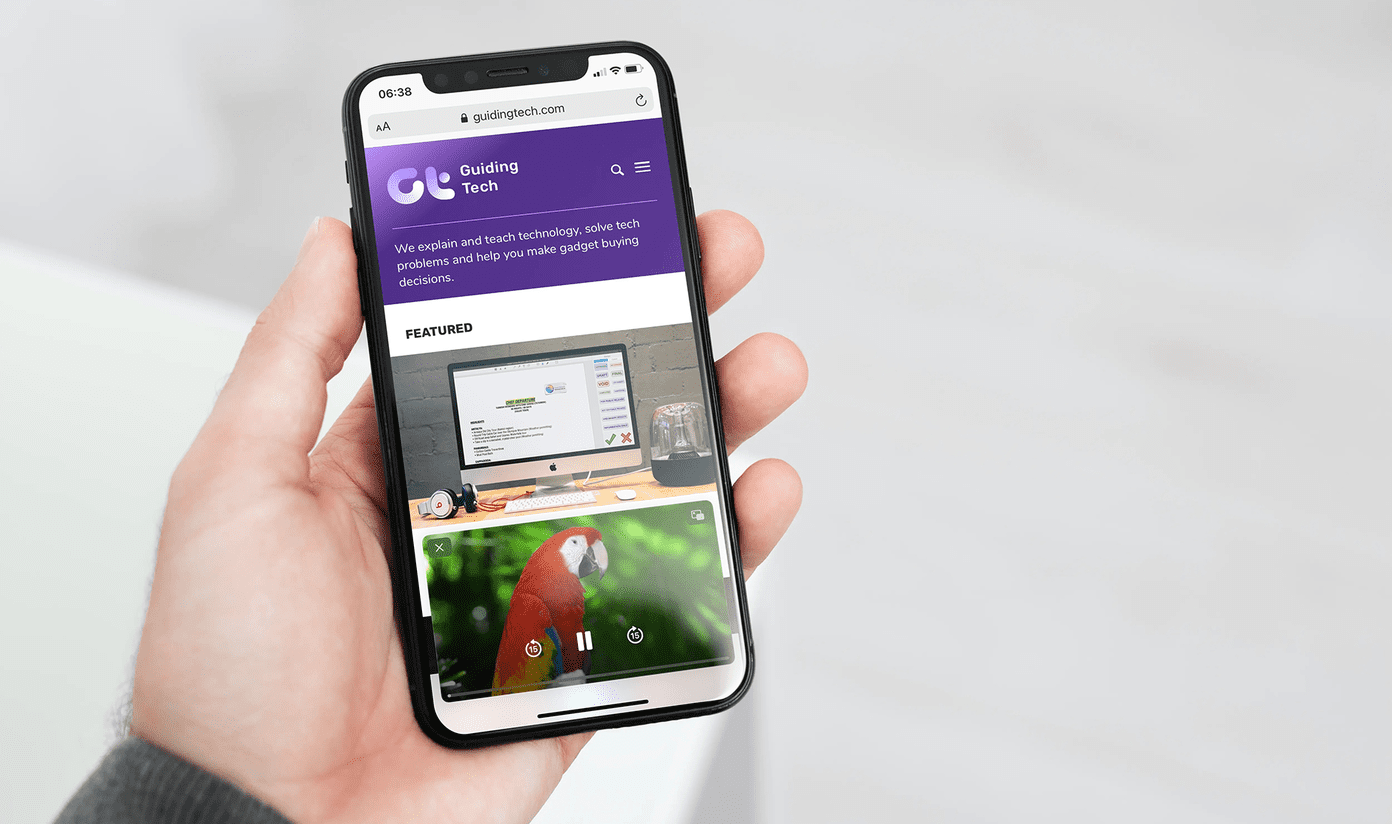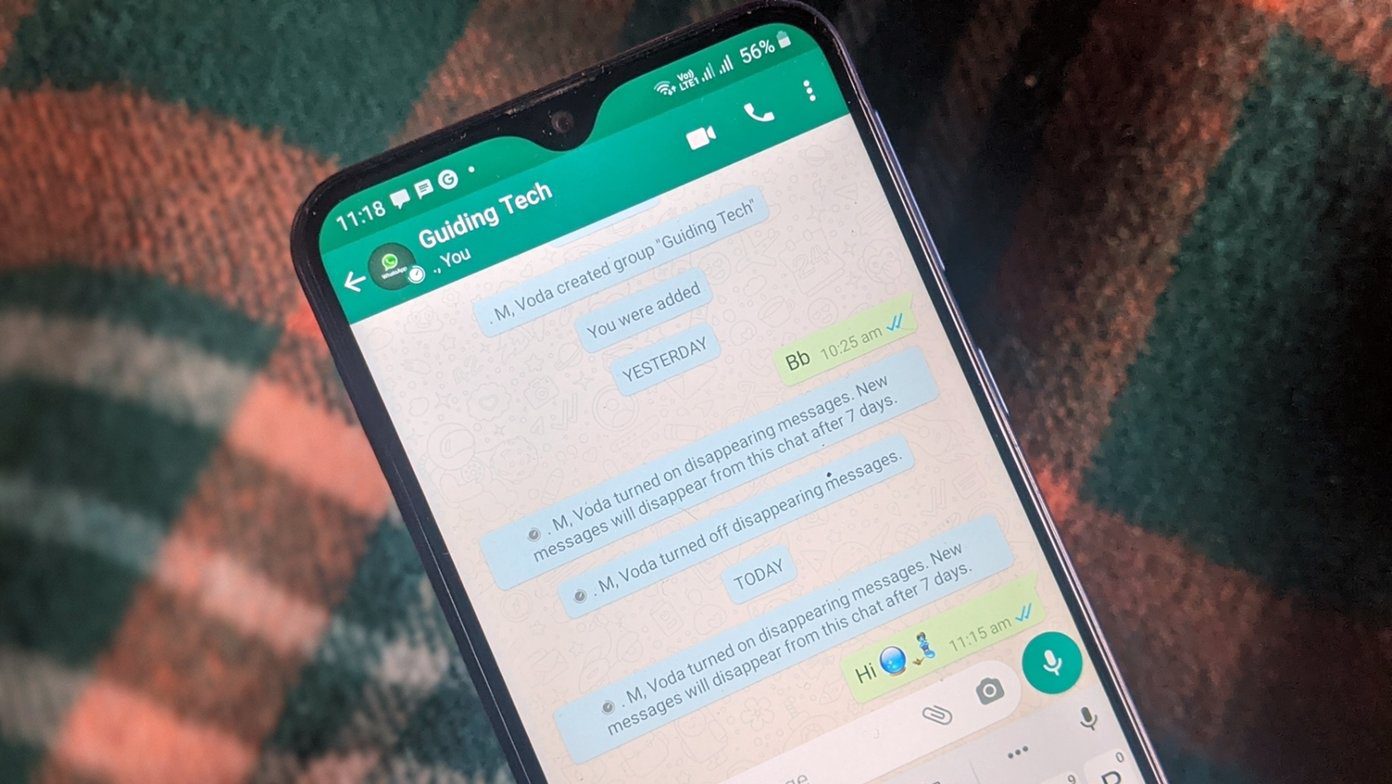That said, both the iPhone and the iPad require apps to support Picture-in-Picture for the feature to work. Thankfully, lots of apps do. For example, Apple TV automatically switches to PiP when you exit it. The same goes for FaceTime, where you can continue video calls even when you switch apps. For certain apps that don’t support the functionality, you can use the iPhone’s native Safari browser as a workaround (more on that later).
How Does Picture-in-Picture Mode Work
Quit to the Home screen on the iPhone or iPad while watching a video in a supported app, and the Picture-in-Picture pane should pop up automatically. You can also tap the PiP icon within the video pane in certain apps (to the upper-left of the screen) to activate the functionality. Additionally, you can perform a two-fingered tap on a video to switch bring up the PiP pane. Start using another app, and the Picture-in-Picture pane will continue to play on top. You can push the Picture-in-Picture pane to either four corners of the screen and double-tap the video pane to cycle between three different sizes—small, medium, and large. You can also hide the pane by pushing it to a corner of the screen—you will still hear the audio. To get out of Picture-in-Picture mode, tap the PiP icon inside the video pane—that should prompt the video to open in the relevant app automatically. Alternatively, you can exit the Picture-in-Picture pane by tapping the Close icon—you can then resume the video any time by visiting the relevant app manually.
Apps That Support Picture-in-Picture Mode
Starting iOS 14, native apps such as Apple TV, FaceTime, and Safari come with built-in support for Picture-in-Picture mode. Popular third-party apps that support the functionality include Hulu and Netflix. You can always verify if an app supports Picture-in-Picture mode—either quit to the Home screen while playing a video, tap the PiP icon within the video pane, or perform the two-fingered double-tap gesture. If the video doesn’t show up in Picture-in-Picture mode, then it’s likely that the app doesn’t support the functionality. You may want to keep an eye out on the release notes in future updates to determine if it eventually supports Picture-in-Picture mode. At the time of writing, YouTube does not support Picture-in-Picture. However, you can instead load YouTube in Safari, start playing a video, switch to full-screen mode, and then quit to the Home screen to activate PiP mode. Not the most convenient, but useful nonetheless. This workaround may also work for other streaming services that provide a functioning web player.
Enable Automatic Picture-in-Picture Mode
If your iPhone or iPad doesn’t automatically open videos in Picture-in-Picture mode when quitting to the Home screen, then it’s likely that your device has the functionality disabled. Go through the following steps to turn it on. Step 1: Start by opening the Settings app. Then, tap General > Picture-in-Picture. Step 2: On the screen that follows, turn on the switch next to Start PiP Automatically. Now try quitting to the Home screen while playing a video in an app such as Apple TV or Netflix—it should automatically show up in a PiP pane. If your iPad runs iPadOS 13 or iOS 12, head over to General > Home Screen & Dock > Multitasking to access the Start PiP Automatically toggle.
Disable Picture-in-Picture Mode
Despite its usefulness, you may find Picture-in-Picture mode a hassle to deal with. If you want to stop the PiP video pane from following you around when quitting apps, consider turning off the automatic PiP functionality. To do that, go to Settings > General > Picture-in-Picture and turn off the switch next to Start PiP Automatically. Note: Even with the setting above turned off, you can still open videos in Picture-in-Picture mode manually via the PiP icon or the two-fingered double-tap gesture.
Game Changer
Picture-in-Picture mode totally changes how you experience videos on your iPhone. If your favorite app doesn’t support the functionality, then don’t worry—it likely soon will once iOS 14 gains more traction. Don’t forget to use Safari (as with YouTube) to watch videos in PiP mode for the time being. Next up: The Smart Stack of widgets is another fascinating feature in iOS 14. Click the link for the next article to know how to add or edit it. The above article may contain affiliate links which help support Guiding Tech. However, it does not affect our editorial integrity. The content remains unbiased and authentic.
















